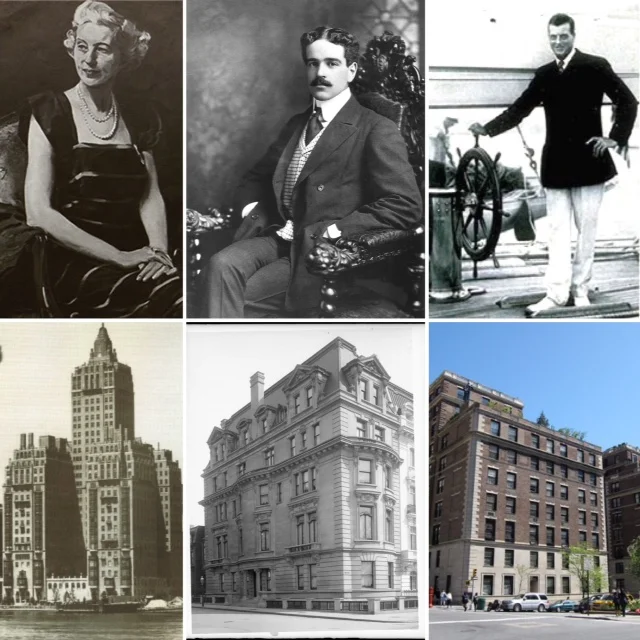Living like a Vanderbilt for a Day at Shelburne Farms: A Case for Adaptive Re-use
Brendan and I spent last Sunday night at the Inn at Shelburne Farms. In a world where looking into a Vanderbilt mansion is usually done from behind a velvet rope and explanatory statements about life there are accompanied by the prelude “Imagine”, spending a night at the former summer home of William Seward and Eliza Vanderbilt Webb on the shores of Lake Champlain just might provide an individual the closest opportunity to experience what it was like to live like a Vanderbilt (or more accurately, one of their guests) for a day.
The experience begins the second one passes through the security gates. After driving several miles along the well-tended curving roads of the massive agricultural estate, one emerges from a wooded glade to see the long horizontal silhouette of the mansion, punctuated by turrets and gables, emerge rise in the distance.
The knowledge that a large service wing once extended off to the right, doubling its current width, makes it that much more impressive.
Pulling up under wide porte cochere that has welcomed guests for over a hundred years, guests are promptly greeted and whisked of to a small office discretely tucked next to the grand staircase.
View into the office as seen from the library and across the living hall
Once we settled into our room, we set off to explore the mansion.
Looking down the staircase from the third floor landing
One of the most welcoming aspects of the place is that guests feel encouraged to poke around, with very little seeming officially “off limits”. Bedroom doors are left open until their respective guests are checked in, allowing people to see that no two are alike, much like any real home.
While adaptations for commercial use have of course been made (restaurant tables, fire doors, exit signs, etc.) they have been so skillfully integrated with the historical fabric they do not seem to detract from the overall experience.
Looking into he dining room. though the large dining table is gone, a portrait of Eliza still presides over the scene
Carrying on traditions such as serving tea at 3:30 each afternoon and guests' names inserted into the plaques on the doors of each guestroom also help carry you back to another era. Best of all, there are plenty of the family’s personal possessions still scattered here and there, including furniture that you can actually sit on, to make one feel as if they are visiting a grand country home as opposed to a hotel.
The library holds the Webb's collection of well-worn books, that guests are free to read
The room where afternoon tea is served.
Neo-Jacobean furniture and taxidermy grace the games room
It is after one wanders outside that the experience of what it was like to spend the weekend at one of these estates becomes complete.
View from the Porch
Sunset from the lawn
In addition to the duly impressive gardens and views, various farm buildings scattered about the property attest to the great wealth and interests of the family.
The cow barn
Interior of the breeding barn
The Farm Barn
The attention to the detail and overall beauty, rendered on such a gargantuan scale for buildings that serve a utilitarian function is breathtaking.
Although tours do go through regularly, the farm barn is full of activities, and the restaurant is open to the public, the place never feels crowded. You really get the sense that you are part of a private (albeit large) weekend house party.
The fact that animals and produce are still being raised for consumption on site, and the grounds are actively farmed adds to the authenticity of its history as a model agricultural estate.
The way Shelburne Farms has been able to adapt into something once seen as anachronistic into a resource actively used by the public while preserving both the fabric and the spirit of the Gilded Age should serve as an inspiration and model. It is a delicate balance mixing preservation and commerce, running a successful educational and tourist destination without having it feel overrun. or ruining the surrounding community’s ‘sense of place”, but Shelburne shows that it can be done, and done well. One only wishes that the same foresight had been shown and investment made in the case of other great estates like Lynnewood. More optimistically hopefully it can be referred to when planning at the future of places like Elm Court in Lenox.
Brendan descending the main staircase as we depart under the watchful gaze of the elk
Whether one has an interest in architecture, history open space, gardens, landscape, agriculture, sustainability,or even a secret yen to live like a Vanderbilt for a day, a visit to Shelburne Farms is well worth it!

























